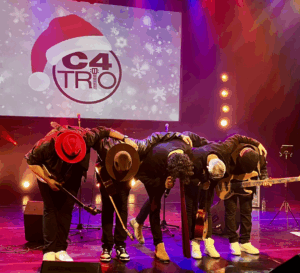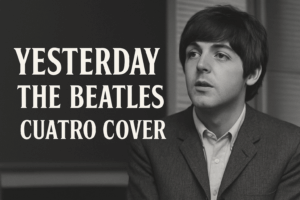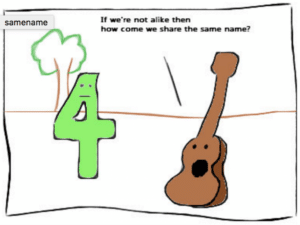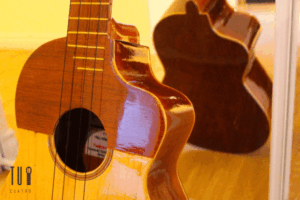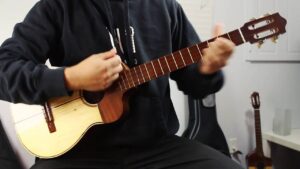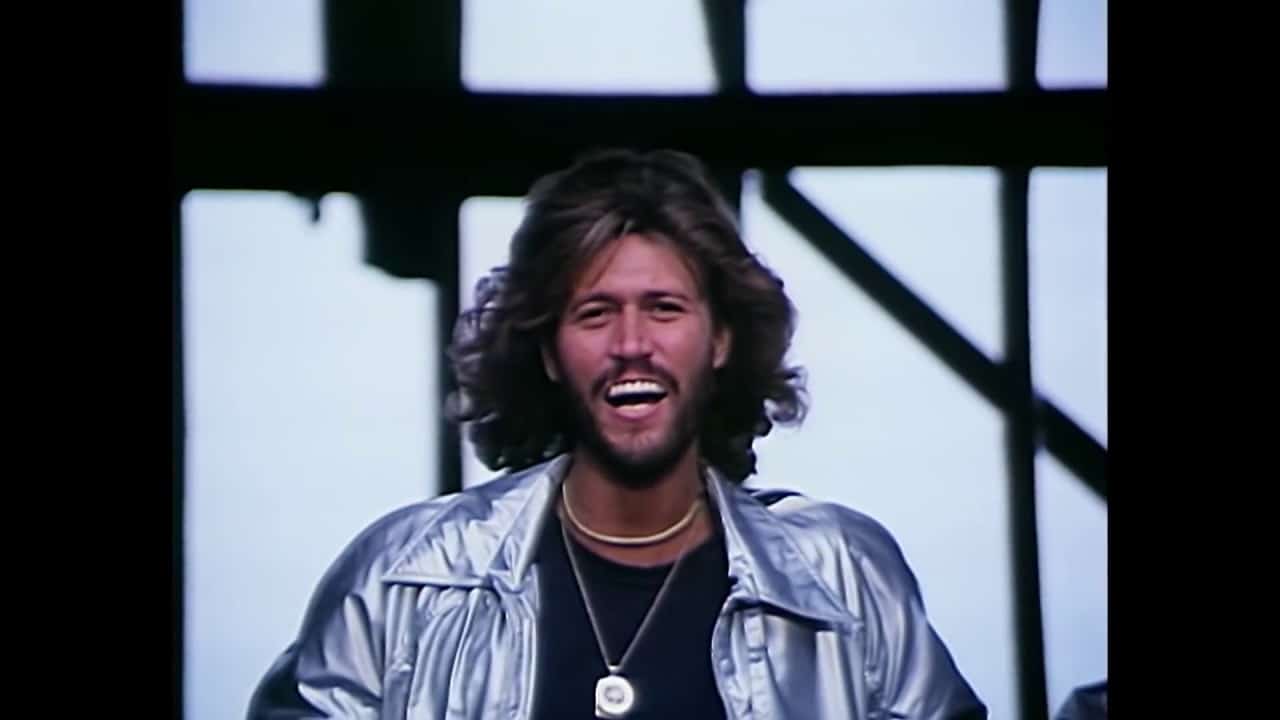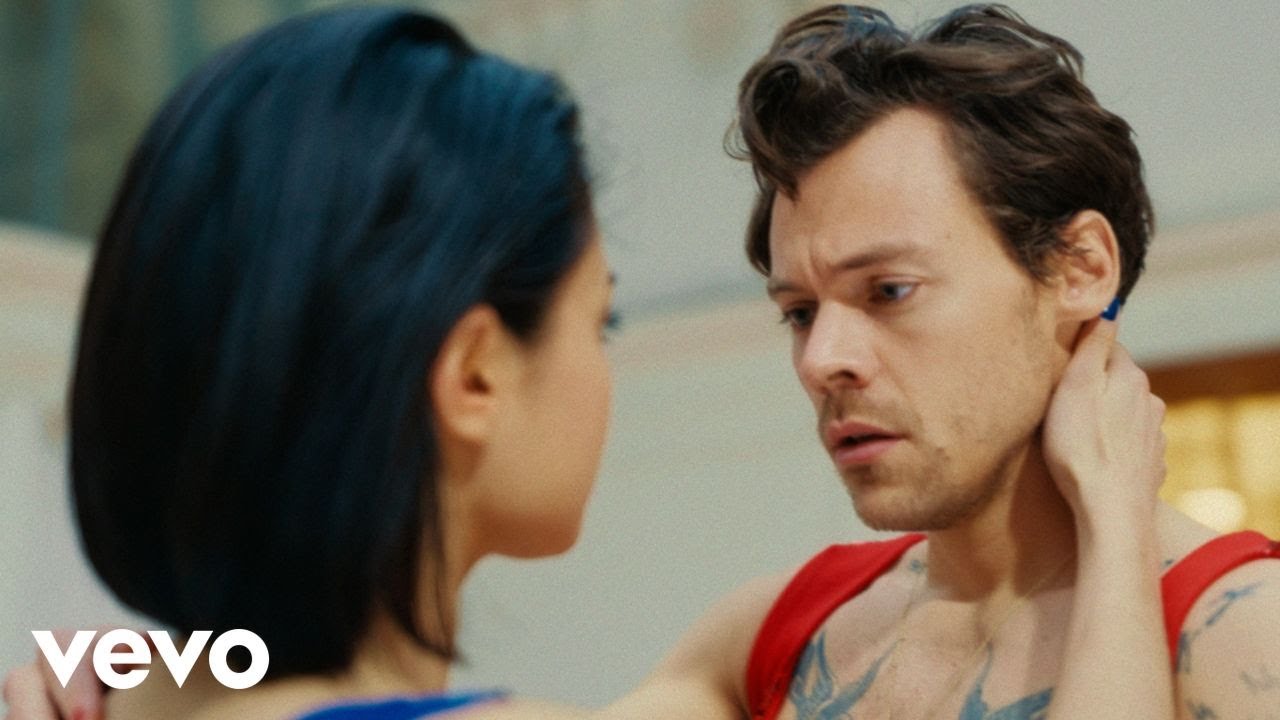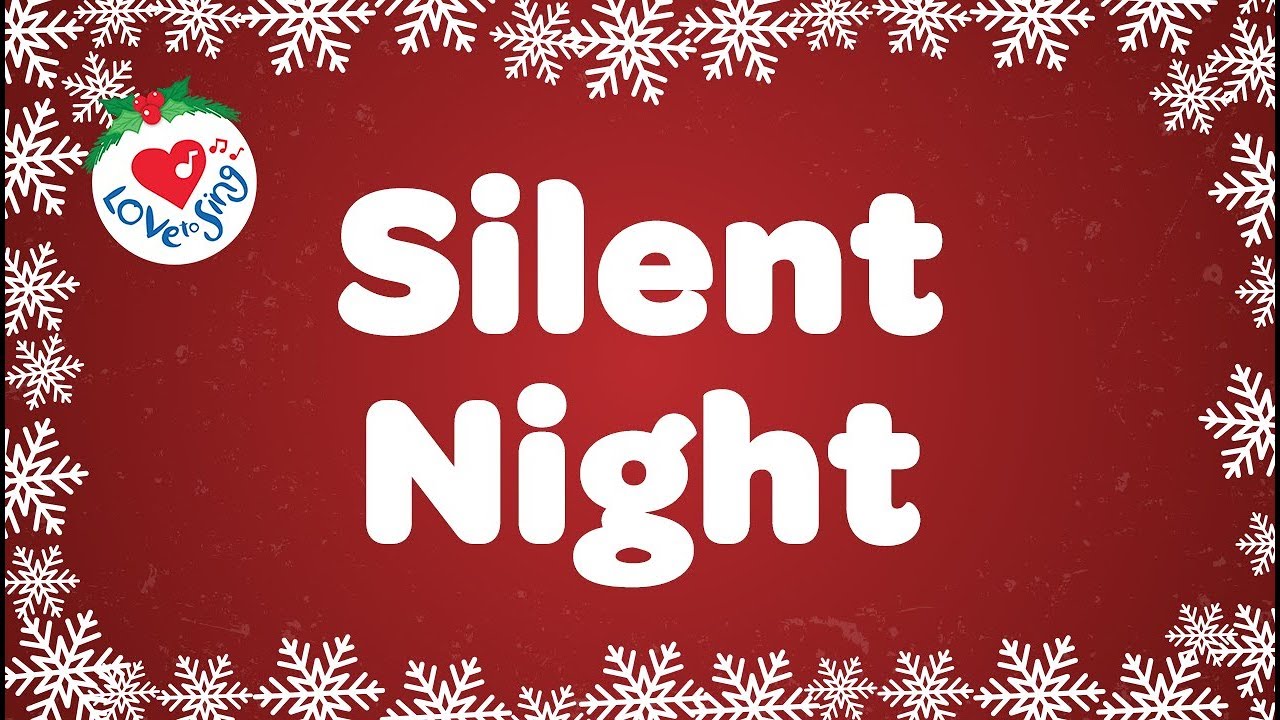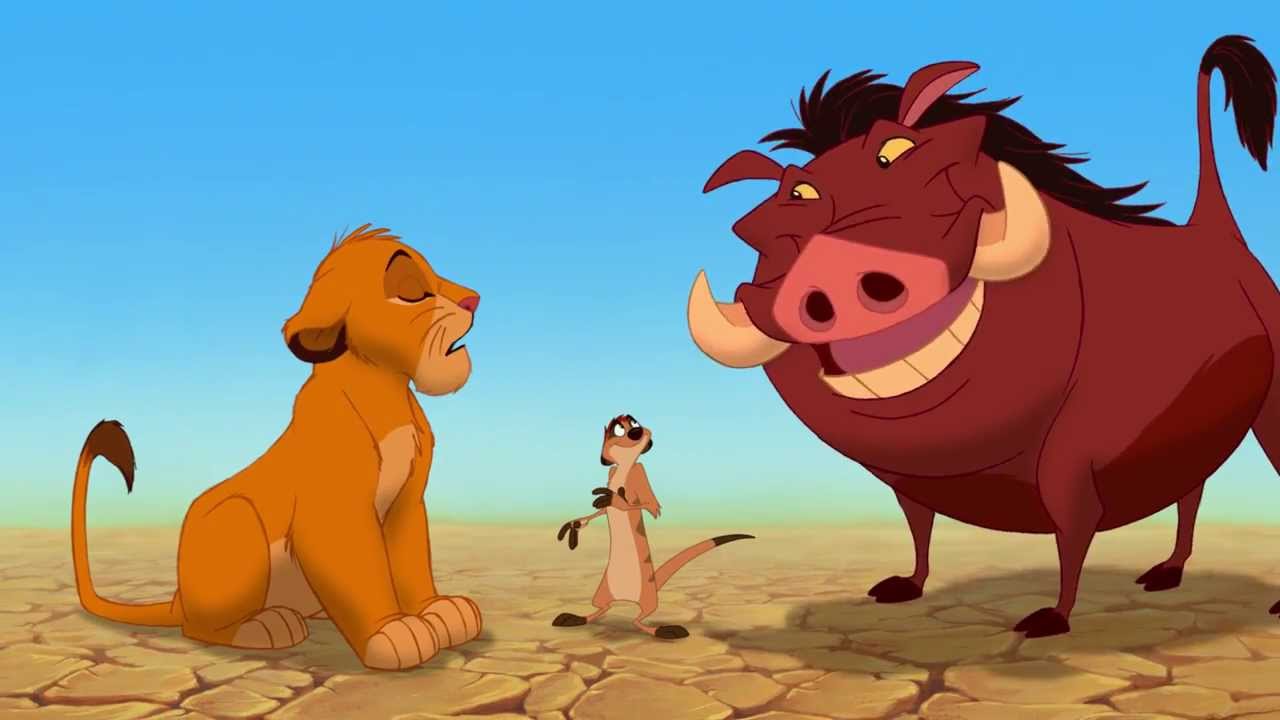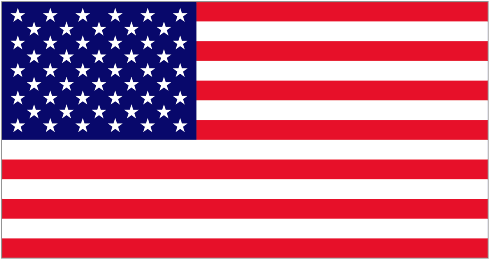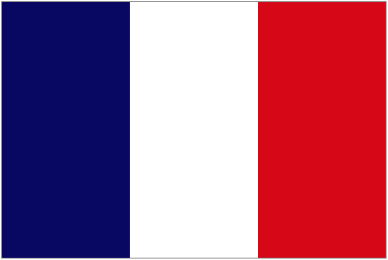Do you ever catch yourself tapping along to a Latin rhythm, wondering what makes it so infectious? Latin music instruments are the heart and soul of genres like salsa, bachata and merengue. As musicians and music lovers here at TuCuatro, we’re passionate about these sounds – not just because they’re fun, but because they tell stories of culture, migration and identity. This guide will help you understand where these genres come from and which instruments give them their unmistakable feel.
What Is Latin Music?
The term Latin music covers a range of styles that originated in Spanish‑speaking countries in the Caribbean and Latin America. Unlike “pop” or “rock”, which are easy to define by structure or instrumentation, Latin music is more of an umbrella; it includes centuries‑old folk songs and brand‑new dance hits. What unites them is rhythm – complex patterns layered with syncopation that make it impossible to sit still.
Three of the most popular styles worldwide are salsa, bachata and merengue. Let’s look at each and the instruments that shape their sound.
Salsa – A Fusion of Cultures and Sounds
If one genre embodies the spirit of Latin urban life, it’s salsa. Emerging in New York City in the 1960s and 70s, salsa blended Cuban son, Puerto Rican rhythms, jazz and even rock. It’s music that was born out of migration and multicultural exchange – exactly the kind of story we love to tell at TuCuatro.
Key Salsa Instruments
- Clave – Two wooden sticks that produce the “heartbeat” pattern; without the clave, there is no salsa. The 3‑2 or 2‑3 clave rhythm guides dancers and musicians alike.
- Cuban Tres – A small guitar‑like instrument with three sets of double strings. Its bright, percussive tone cuts through the ensemble and often provides a melodic counterpoint to the vocals. Our Cuban Tres courses at TuCuatro show you how its voicing differs from a regular guitar.
- Piano and Bass – In salsa, these instruments don’t just play chords; they create rhythmic patterns called montunos (piano) and tumbaos (bass) that lock in with the percussion.
- Horn Section – Trumpets and trombones add punchy riffs and call‑and‑response lines that make salsa so energetic.
- Percussion – A typical setup includes congas, bongos, timbales, cowbells and occasionally güiro. Each drum plays interlocking patterns to create the groove.
Fun fact: The Puerto Rican Cuatro isn’t commonly used in salsa bands, but its sweet tone has been featured in Puerto Rican folk ensembles that influence salsa. The cuatro has ten strings arranged in five pairs, producing rich harmonies. If you already play Venezuelan Cuatro, you’ll find familiar shapes, but the sound is uniquely Jíbaro (Puerto Rican folk).
Bachata – From Rural Serenades to Global Pop
Bachata began in the countryside of the Dominican Republic. For decades it was looked down upon as “music of the poor,” but in the 1980s and 90s it evolved into a danceable, romantic genre embraced around the world. Artists like Juan Luis Guerra and Romeo Santos have made bachata a global phenomenon.
Signature Bachata Instruments
- Requinto (Lead Guitar) – A steel‑stringed guitar that plays melodic riffs and fills between the singer’s phrases. Its high, singing tone is what most people hear when they think “bachata.”
- Rhythm Guitar – Plays arpeggiated chords with syncopated accents. At TuCuatro we teach these patterns using cuerdas (string groups) similar to cuatro strumming.
- Bass – Provides a steady, driving pattern. Modern bachata sometimes uses a keyboard bass or synth bass instead of an upright bass.
- Bongos & Güira – The bongo player (bongocero) keeps time while improvising small fills. The güira, a metal scraper, adds a crisp, shimmering texture; it’s essential for the authentic bachata sound.
- Maracas & Cuatro – In traditional bachata boleros, maracas and even the Puerto Rican Cuatro occasionally appear to add warmth and harmonic support.
Playing Bachata on the Cuatro or Guitar
Although bachata is guitar‑driven, many of its chord progressions translate beautifully to the Venezuelan or Puerto Rican Cuatro. You can explore open‑position chords and add rhythmic palm‑muting to emulate the requinto. Try starting with a simple A‑F#m‑Bm‑E progression and accent the off‑beats.
Merengue – Fast, Festive and Full of Energy
Originating in the Dominican Republic, merengue is a lively genre built on a 2/4 rhythm. In contrast to the syncopated patterns of salsa and bachata, merengue’s straight drive makes it easy to dance – which may explain why it’s played at celebrations around the world.
Instruments in Merengue
- Accordion (or Saxophone) – In merengue típico, the accordion carries the melody, much like a fiddle in bluegrass. In modern orchestras, saxophones and trumpets often take that role.
- Tambora – A two‑sided drum played with a stick on one side and bare hand on the other. The tambora rhythm is the backbone of merengue.
- Güira – Just like in bachata, the güira provides a bright, metallic scrape that keeps time.
- Bass & Keys – In larger bands, electric bass and keyboards add harmonic richness.
- Puerto Rican Cuatro or Dominican Tres – While not traditionally associated with merengue, these plucked instruments can be used to add melodic lines or chordal textures. At TuCuatro we love experimenting with regional instruments to give merengue a fresh, folk twist.
Choosing Your First Latin Instrument
Maybe you’re feeling inspired and want to dive deeper. Here’s how to decide which instrument to start with:
- Love melody and chords? Try the Puerto Rican Cuatro or Cuban Tres. They’re portable, and the basic shapes are accessible if you know guitar or ukulele.
- Drawn to rhythm? Start with bongo drums, congas, or even the güira. Percussion instruments let you join in quickly, and they’re the heartbeat of any Latin ensemble.
- Want something uniquely Venezuelan? We always recommend the Venezuelan Cuatro. Its reentrant tuning and rhythmic strumming patterns make it ideal for joropo, salsa, and even bachata. Join our Cuatro Fundamentals course to learn the basics!
Bringing It All Together
Latin music is much more than a genre – it’s a community. The instruments we’ve explored have traveled across oceans, blended with jazz and rock, and formed entirely new styles. Whether you’re just listening, dancing in your kitchen, or strumming your first chords, you’re part of a living tradition.
At TuCuatro, we’re here to help you on that journey. Our lessons and blog posts are designed to guide you step‑by‑step as if we were sitting right next to you, instrument in hand. When you’re ready, we have tutorials for the Venezuelan Cuatro and Ukulele, and soon for the Puerto Rican Cuatro, Cuban Tres and more. Feel free to browse our blog for tips on tuning, chord charts and song tutorials, and drop us a comment if you have questions.
Let’s keep these rhythms alive – together!

